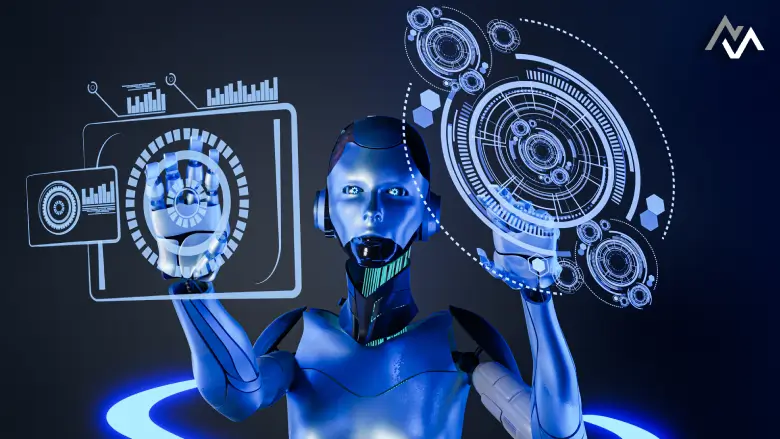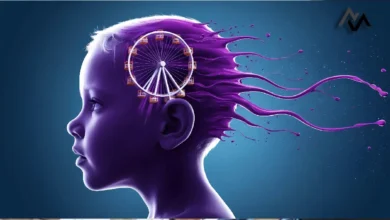Unlocking the Power of Large Language Models and Knowledge Graphs

The combination of Large Language Models (LLMs) and Knowledge Graphs (KGs) represents a groundbreaking advancement in artificial intelligence, poised to transform data interpretation and utilization across industries. LLMs, such as OpenAI’s GPT-4, excel in understanding and generating human-like text by processing vast amounts of data. These models leverage deep learning to predict and produce coherent and contextually relevant content, enhancing natural language processing capabilities.
On the other hand, Knowledge Graphs organize information into interconnected nodes and edges, representing real-world entities and their relationships. This structured approach allows for efficient retrieval and manipulation of data, providing a robust framework for storing complex information. When integrated with LLMs, KGs enrich the models’ comprehension, offering contextual insights that lead to more accurate and meaningful outputs.
The synergy between LLMs and KGs is particularly valuable in domains requiring extensive data analysis, such as healthcare, finance, and research. For instance, in the healthcare sector, this combination can streamline patient data management, enhance diagnostic accuracy, and facilitate personalized treatment plans. Similarly, in finance, it can improve risk assessment, fraud detection, and decision-making processes.
Moreover, the integration of LLMs with KGs addresses the challenge of data ambiguity and context understanding. KGs provide a structured knowledge base, enabling LLMs to disambiguate terms and understand nuanced contexts more effectively. This results in more reliable and contextually appropriate responses, crucial for applications like virtual assistants, chatbots, and automated customer service.
Implementing LLMs with KGs involves several technical considerations, including data integration, model training, and scalability. Ensuring data quality and consistency in the knowledge graph is essential for accurate outputs. Additionally, continuous updates and fine-tuning of the models are necessary to maintain relevance and effectiveness.
In conclusion, the fusion of Large Language Models and Knowledge Graphs signifies a monumental leap in AI capabilities. This integration not only enhances data interpretation but also paves the way for innovative applications across various sectors, promising a future where AI-driven insights become indispensable in decision-making processes.




